How to make Patch Coffee in Guatemala Blueberry Manor? Introduction to Patch Coffee
Professional coffee knowledge exchange More coffee bean information Please pay attention to coffee workshop (Weixin Official Accounts cafe_style)
Xiao Bian recently liked the patch of Guatemala's blueberry manor ~ So today I want to cook with different utensils to see what flavor it will show ~
| Bean information|
Blueberry Manor in Guatemala can be said to be a very powerful manor, in last year's COE competition won the third and fifth place ~
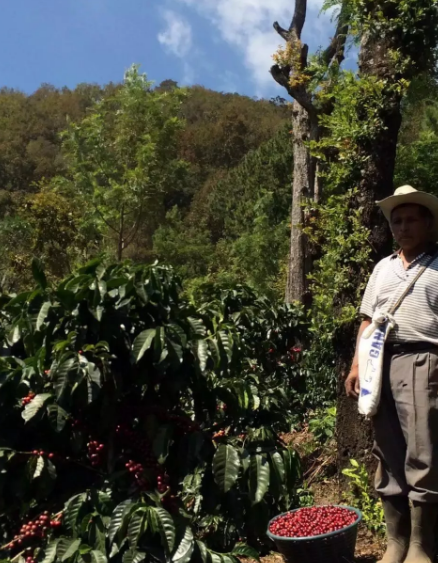
Patch is also a rare variety. It is a natural mutant of iron pickup. This bean performs better in sweetness and balance.
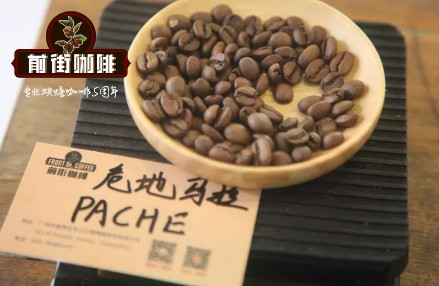
Guatemala El Morito Pache
Guatemala Blueberry Farm Patch
Country: Guatemala
Production area: New Oriental
Altitude: 1550-1800M
Treatment method: sun treatment
Grade: SHB
Breed: Pache
| Hario V60 |
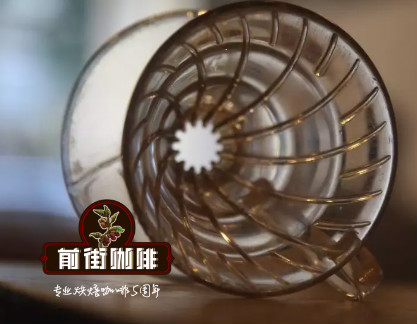
The design of V60 filter cup focuses on the speed of water level drop, so that coffee powder particles can achieve a better extraction flow rate. The internal ribs adopt curved vortex structure design to assist in speeding up the water flow, extending from the bottom to the top, indicating smooth exhaust effect. The curved ribs increase the water flow path to increase the contact time between coffee particles and water.
Parameters & Techniques
Water temperature: 89℃; medium and fine grinding (BG5R: 58% pass rate of Chinese standard No.20 sieve); powder-water ratio 1:15;
Steaming with 32g water for 30 seconds, filling water to 114g, continuing to fill water to 230g when the water level is about to expose the powder bed, removing the filter cup when the water level is about to expose the powder bed. (Steaming start timing) Extraction time is 1 46"
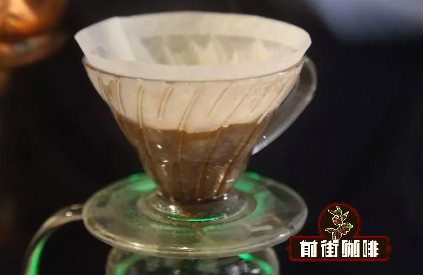
Flavor: Slightly fermented aromas with dark berry, nutty, dark chocolate, brown sugar, licorice and raisin notes. The flavor layers are rich and sour and sweet balance.
| origami filter cup|

The origami filter cup has many deep longitudinal grooves on the side and a relatively large water outlet hole at the bottom, which makes it flow faster. Moreover, the material of the origami filter cup is ceramic, so its thermal conductivity and insulation will be better. Xiaobian today is used with flat filter paper, because the bottom of the filter paper is flat, coffee powder can be evenly distributed at the bottom of the filter paper after pouring in, and the extraction will be more uniform and the water flow will be more uniform during brewing.
Parameters & Techniques
Water temperature: 89℃; medium and fine grinding (BG 5Z: 54% of the pass rate of No.20 sieve of Chinese standard); powder-water ratio 1:15;
Steaming with 36g water for 30 seconds, filling water to 125g, continuing to fill water to 227g when the water level drops and is about to expose the powder bed, removing the filter cup when the water level drops and is about to expose the powder bed. (Steaming start timing) Extraction time is 1 42"
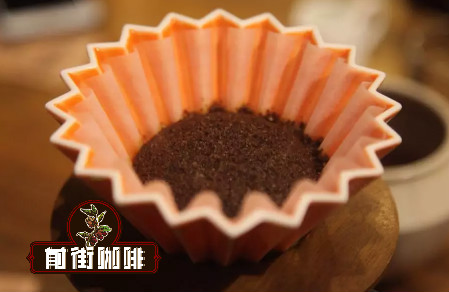
Flavor: Light fermented aromas with creamy, berry, nutty, dried apricot and almond notes. The taste is more mellow.
| KONO filter cup|
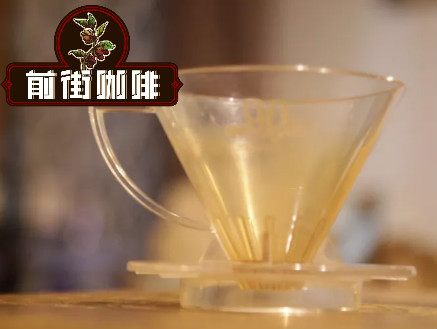
The ribs of the KONO filter bowl are shorter and stop less than half the height of the filter bowl. This design is mainly to ensure that in the process of dripping, the filter paper can be attached to the filter cup wall after absorbing water, which makes the exhaust space of the filter cup limited, the air flow naturally limited, and the flow rate slows down, so that a large part of the coffee powder is soaked.
Parameters & Techniques
Water temperature: 89℃; medium and fine grinding (BG 6M: Chinese standard No.20 sieve pass rate 48%); powder water ratio 1:15;
Steaming with 32g water for 30 seconds, injecting water to 122g, continuing to inject water to 225g when the water level drops and is about to expose the powder bed, removing the filter cup when the water level drops and is about to expose the powder bed. (Steaming start timing) Extraction time is 1 48"
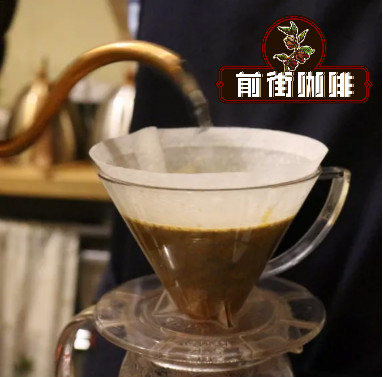
Flavor: The nose has hints of fermentation and sandalwood, soft berry fruit, cream, nuts and chocolate. The overall balance is more balanced.
| syphon pot|
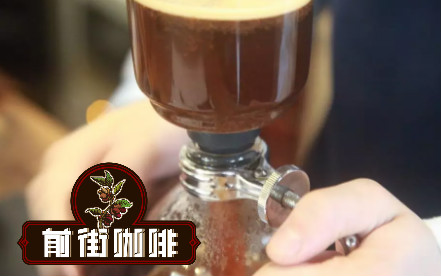
The main principle of coffee extraction by siphon pot is realized by pressure difference. First, the water in the lower cup is heated to boiling, and then inserted into the upper pot, so that the lower pot presents a high pressure state. Due to the pressure difference between the lower pot and the upper pot, the hot water goes up and mixes with the coffee powder in the upper pot and extracts it. After the extraction process is over, the fire source of the lower pot is removed, so that the pressure difference between the lower pot and the upper pot is instantly reduced. The siphon between the upper pot and the lower pot will promote the coffee extract to flow back to the lower cup. If you want to speed up the coffee extract reflux, you can wipe the lower pot with a wet cloth, which will make the pressure difference between the upper and lower pots smaller and the coffee extract reflux faster.
Parameters & Techniques
Powder amount: 15g; water temperature: 88℃; medium and fine grinding (BG 6M: Chinese standard No.20 sieve pass rate 48%); powder water ratio 1:12;
Pour 183 grams of water into the lower pot. When the water temperature is 88℃, pour the coffee powder into it and stir it for ten rounds to make the coffee powder fully contact with the water. When it is soaked for 30 seconds, stir it for five rounds to increase the extraction of the coffee powder. Remove the fire source and stir it for 1 minute. (Start timing of powder addition) Extraction time is 1 20"
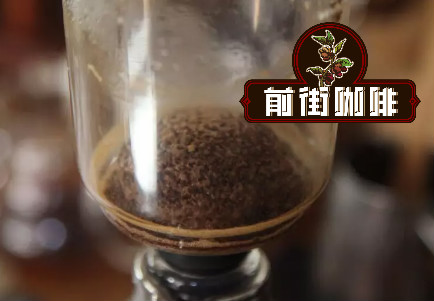
Flavor: It has obvious fermentation aroma, berry, dried fruit, chocolate, cream, nut, sucrose flavor, sweet feeling and balance feeling are obvious.
Flavor descriptions vary from person to person and are influenced by water temperature and brewing method. This brewing provides the same brewing equipment and parameters, according to the description defined by the flavor wheel, so as to provide reference.
| summary|
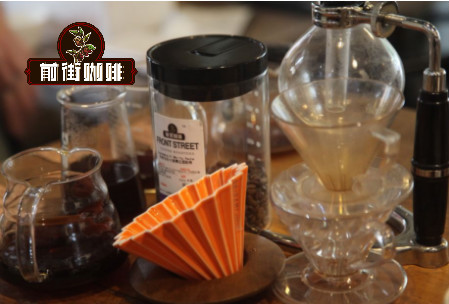
When using different utensils to brew this bean, the flavor and taste are as follows:

Xiaobian thinks, if you want a cup of more obvious flavor patch, you can try to use V60 filter cup or origami filter cup; if you want a cup of partial balance or taste patch, then try to use KONO filter cup or siphon to brew it!
END
Important Notice :
前街咖啡 FrontStreet Coffee has moved to new addredd:
FrontStreet Coffee Address: 315,Donghua East Road,GuangZhou
Tel:020 38364473
- Prev
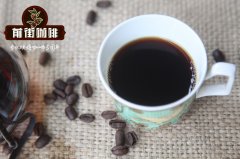
Bolivia Coffee Bean planting characteristics Manor introduces the history and story of Bolivian water-washed rose summer
Professional coffee knowledge exchange more coffee bean information please pay attention to the coffee workshop (Wechat official account cafe_style) in South America, Bolivia is a landlocked country known as the ancient plateau, Bolivian coffee is mainly produced in the plateau 1200 ~ 2000 meters above sea level, the main producing areas are Caranavi Karanawi in the north and Santa Cruz Santa Cruz in the south.
- Next
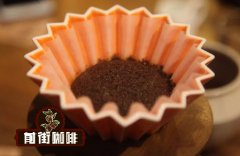
Flavor and taste characteristics of Colombian coffee bean varieties introduction to the information of Colombian Huilan coffee producing area
Professional coffee knowledge exchange more coffee bean information please follow the coffee workshop (Wechat official account cafe_style) Colombia is a diverse country. It is huge and is the place where the Andes split into three mountains, creating a microclimate after the country's microclimate. As the most important person in the world
Related
- Detailed explanation of Jadeite planting Land in Panamanian Jadeite Manor introduction to the grading system of Jadeite competitive bidding, Red bid, Green bid and Rose Summer
- Story of Coffee planting in Brenka region of Costa Rica Stonehenge Manor anaerobic heavy honey treatment of flavor mouth
- What's on the barrel of Blue Mountain Coffee beans?
- Can American coffee also pull flowers? How to use hot American style to pull out a good-looking pattern?
- Can you make a cold extract with coffee beans? What is the right proportion for cold-extracted coffee formula?
- Indonesian PWN Gold Mandrine Coffee Origin Features Flavor How to Chong? Mandolin coffee is American.
- A brief introduction to the flavor characteristics of Brazilian yellow bourbon coffee beans
- What is the effect of different water quality on the flavor of cold-extracted coffee? What kind of water is best for brewing coffee?
- Why do you think of Rose Summer whenever you mention Panamanian coffee?
- Introduction to the characteristics of authentic blue mountain coffee bean producing areas? What is the CIB Coffee Authority in Jamaica?

